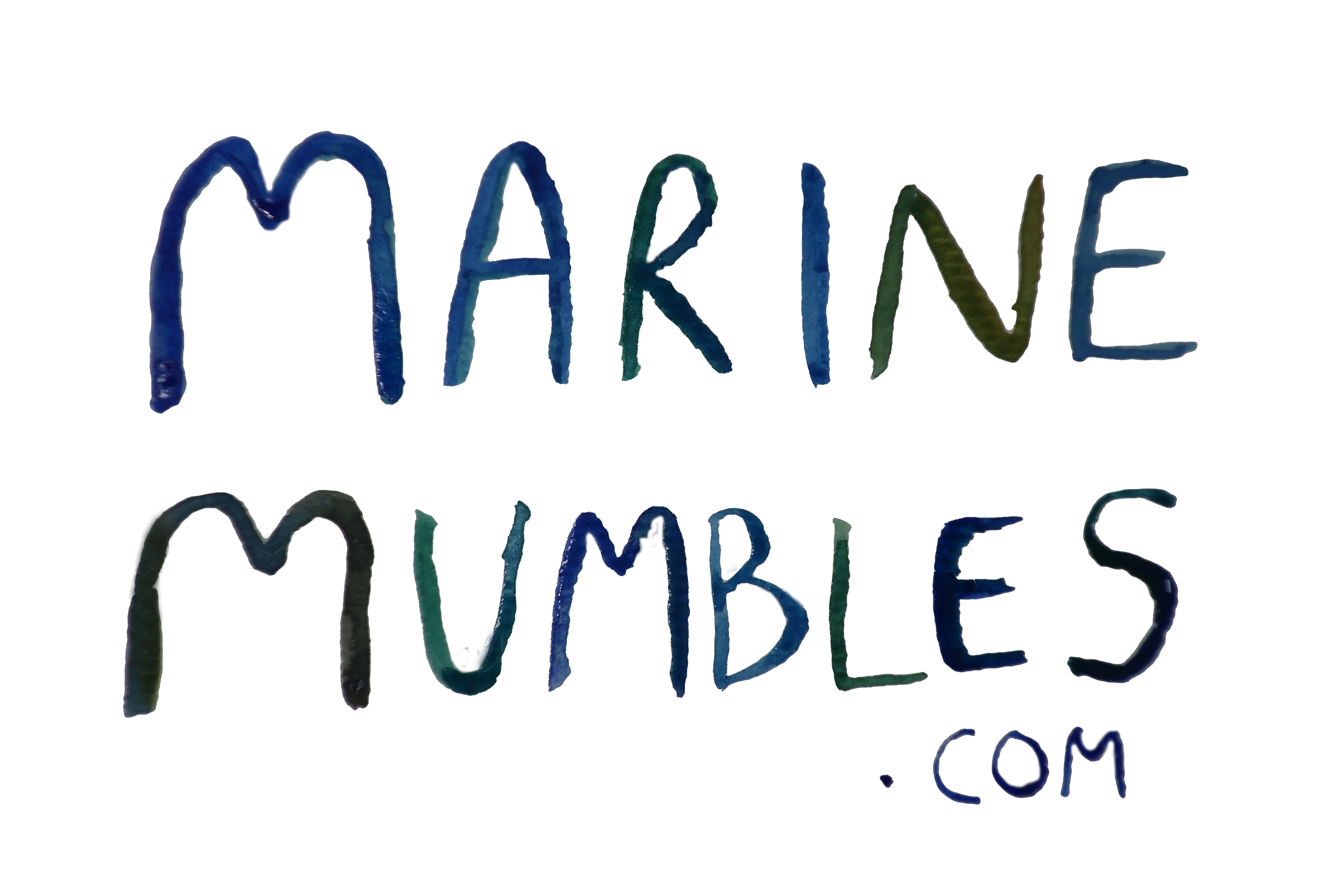Although the by-the-wind sailor closely resembles a jellyfish it isn’t actually one. It is a relative of the jellyfish, but it’s actually a colonial hydroid. A hydroid on its own looks something between an anemone and jellyfish, they are like tiny upside-down attached anemone jellyfish…?. But this attachment stage is the first stage of there lives, and they often reproduce by budding off to mobile forms. Lots of these little individuals make up a by-the-wind sailor organism, which then spends most of its like being blown about in the ocean.
If you personify a chilled wind-surfer into any ocean species, it should really be this one. They have a velum (the sail) running diagonally at 45 degrees across their body. They can be right or left ‘handed’, depending on the diagonal direction of the sail. This in turn decides in which direction the individual will move. It is often thought that these two different shapes are because of the different current directions in
This species has a vibrant electric blue colour, used for protection from the sun as it flows on the surface of the water and for camouflage. However, in more mature individuals a slight green tint may occur as they will have symbiotic algae living with them, much like in the upside-down jellyfish. This can provide some extra food and energy to the species, but their main food source is from their short tentacles that dangle in the water. They use these to eat up all the scrummy zooplankton as it floats around the oceans, not a bad life really!
Despite this species spending most of its time floating on the ocean surface as a pelagic species, its worth writing about on this website because it’s not uncommon for these species to be blown onto shore. They themselves have no control over their direction of travel, and if a particularly nasty storm occurs hundreds to thousands of these individuals can be washed up. It’s usually during these bizarre events that people being to ask wonder what this species is. Hopefully now if you ever come across one or a few hundred of these washed up you will have an idea what this beautifully bizarre species is.
As always please follow me on twitter and Instagram and comment below any questions! Happy rockpooling!



Happy rock pooling! I adore your pictures and posts.
Anther interesting read about something I knew nothing about! you knowledge is amazing 🙂